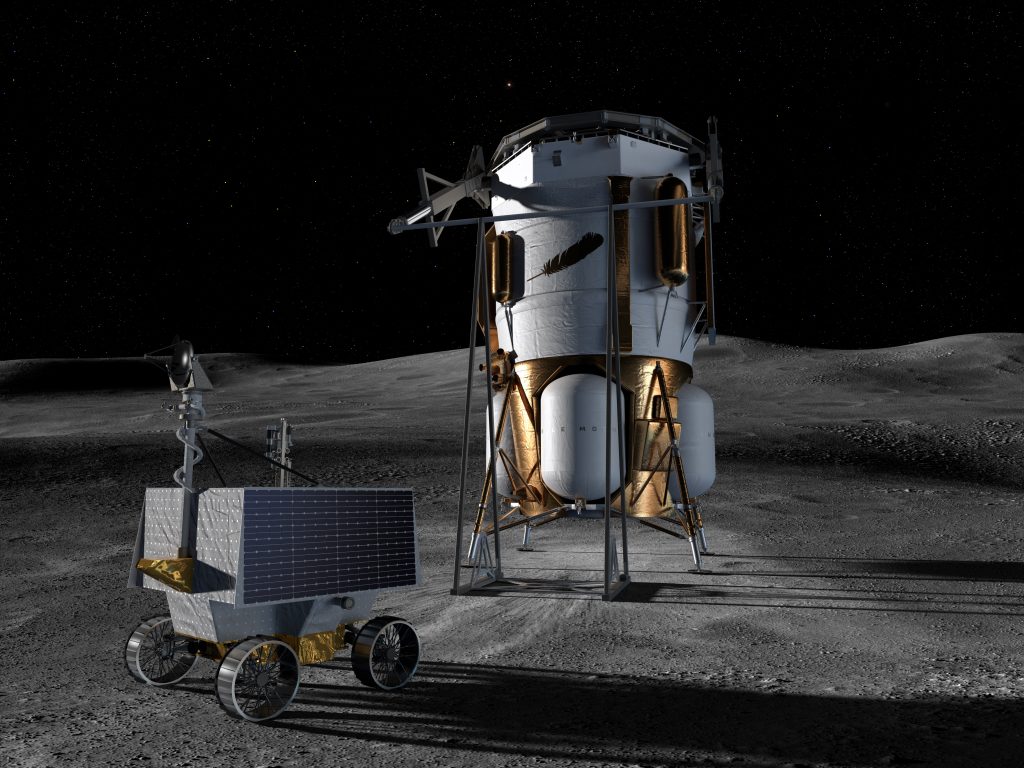Nasa Selects Blue Origin for Lunar Rover Delivery
As part of its Artemis initiative, NASA has issued a Commercial Lunar Payload Services (CLPS) task order to Blue Origin, located in Kent, Washington, allowing for the delivery of a rover to the Moon’s South Pole. The rover, named VIPER (Volatiles Investigating Polar Exploration Rover), is designed to identify volatile resources such as ice on the lunar surface and gather scientific data to aid future explorations of the Moon and Mars.
“NASA is at the forefront of lunar exploration, and this delivery is part of our commitment to utilizing American industry to establish a sustained presence on the Moon,” stated Sean Duffy, acting NASA Administrator. “The rover will navigate the extreme conditions of the lunar South Pole, investigating areas that are permanently shadowed. This will provide critical information for future astronaut landing sites and deepen our understanding of the Moon’s environment, which is essential for supporting sustained human missions.”
The CLPS task order has a total potential value of $190 million and marks Blue Origin’s second lunar delivery. Their first mission, utilizing the Blue Moon Mark 1 (MK1) robotic lander, is planned for later this year, intended to deliver payloads including NASA’s Stereo Cameras for Lunar-Plume Surface Studies and a Laser Retroreflective Array to the same region on the Moon.
Under this new contract, Blue Origin is set to deliver VIPER to the lunar surface by late 2027 using a second Blue Moon MK1 lander that is currently in production. NASA had previously canceled the VIPER project but has since explored alternative strategies to map off-planet resources such as water.
Nicky Fox, associate administrator of NASA’s Science Mission Directorate, emphasized, “NASA is dedicated to understanding and exploring the Moon, particularly in relation to locating water resources. This knowledge is vital for future human exploration. We are seeking innovative and cost-effective methods to achieve our exploration goals, and leveraging private sector capabilities ensures efficient investments to maintain American leadership in space.”
The task order, known as CS-7, includes provisions for payload-specific designs and will demonstrate how Blue Origin’s flight design will successfully deliver the rover to the Moon. NASA will decide whether to proceed with the delivery option after reviewing the base task and Blue Origin’s inaugural flight of the Blue Moon MK1 lander. This strategy aims to lower costs and technical risks associated with the mission.
Blue Origin is responsible for the entire landing mission architecture, including the design, analysis, and testing of a large lunar lander to safely transport the rover. Additionally, Blue Origin will manage payload integration, planning, and post-landing activities, while NASA will oversee rover operations and scientific planning.



